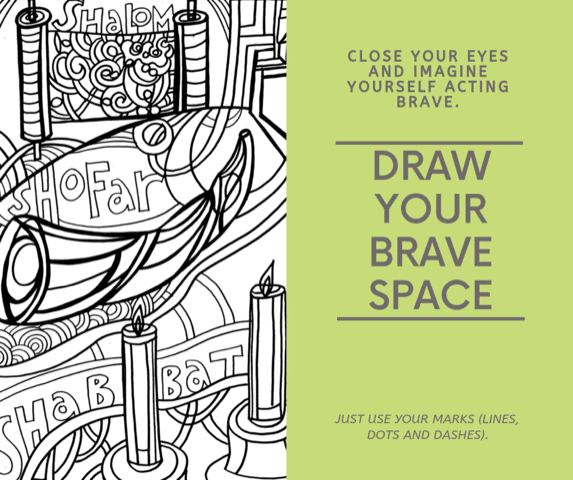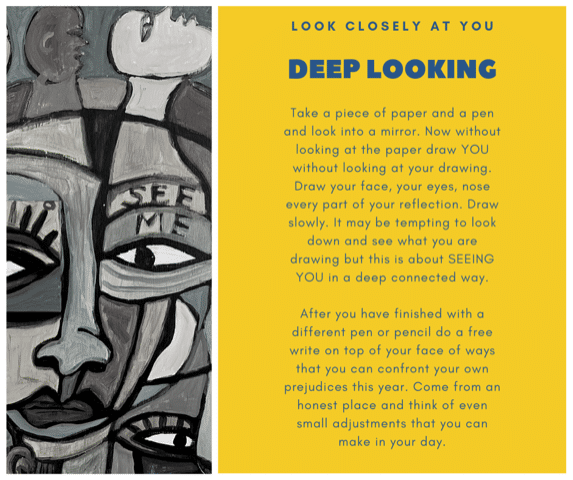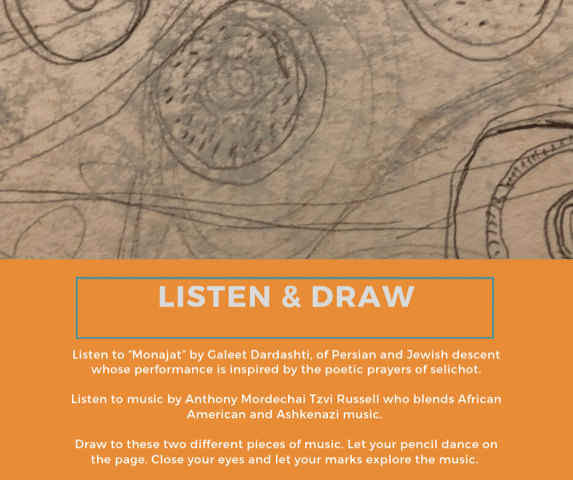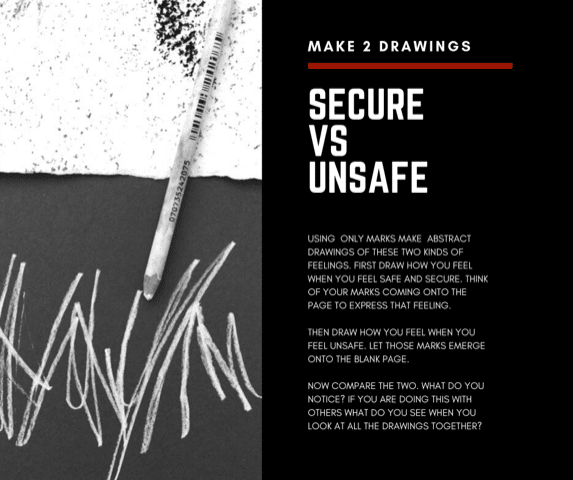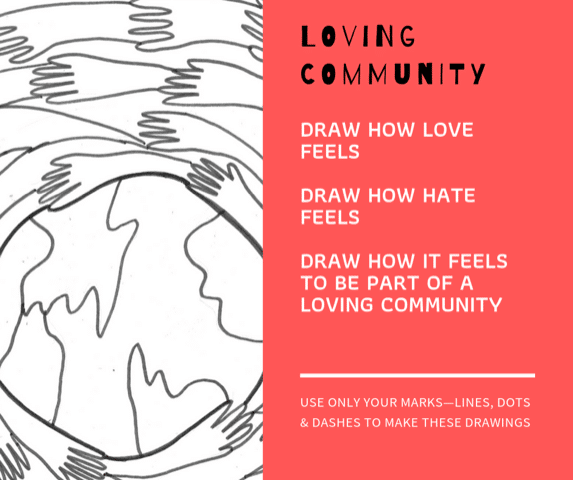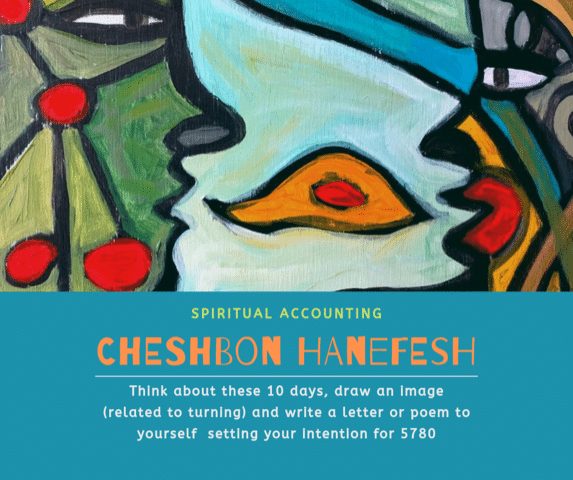During the 10 days between Rosh Hashanah and Yom Kippur, we as Jews challenge ourselves and our communities to reflect thoughtfully and honestly on transgressions and harms we have caused in the past year, both knowingly and unknowingly. Each of us engages differently in this tradition known as cheshbon ha’nefesh, an accounting of the soul, as we reach towards growth and transformation in the coming year.
In this spirit, we offer the 10 Days (or more) of Awe/Racial Justice Reflections as an invitation to engage in community with others in Boston and elsewhere. We are excited to learn and grow together and encourage you to interact with the content and resources in whatever ways and whatever pace feels generative for you – whether it’s journaling, making art or music, talking to friends, co-workers or family members or posting online. We hope you are able to enter this experience with an open heart and mind and come out of it feeling moved and inspired to work on these challenging issues over the course of the new year.
Join our Facebook group or request an email to receive daily prompts, deep dive questions, and drawing opportunities and to interact with others on this journey. Questions? Email Temple Israel’s Assistant Director of Social Justice Engagement Tali Puterman.


